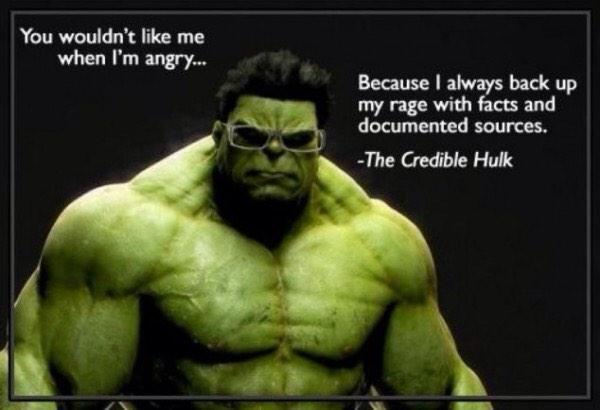Part 2 of the Capstone Project
In this portion of the project, you will revise and add to Part 1 of the Course Project.
Use:
LaTex code for Part 2 of the Capstone Project,
PDF version as you
Fix any symbolic issues (left quotations must face the correct direction), spelling errors, and work on
professional mathematical formatting and style.
For those who turned in Part 1, take a look at my individual forum posting to you on sources.
If you didn't turn in Part 1, that needs to be turned in back under its own due date.
Add refereed and scholarly sources to your bibliography:
in-text citations for the preliminary bibliography are in the template and
references are numbered in LaTeX using the bibliography code
(see the same template and let me know if you need help) and are listed alphabetically by the first author's last name.
Be sure to use the correct symbols.

Review the following if needed:
Scholarly Peer-Reviewed Sources
Scholarly peer-reviewed sources
have usually been critically evaluated by other experts who do not know who the author is
(called a blind review). This process attempts to ensure that the source
is judged by its quality and not by the reputation of the author.
They document their sources via footnotes and/or a bibliography.
It may be hard to tell at first glance what is a scholarly peer-reviewed work.
For example, some articles, webpages and books may not have gone through a rigourous peer-reviewed process themselves.
They may be a great starting place for information aimed at a general audience,
and for other sources themselves, but they should not be the only sources you use, and in some cases, like Wikipedia for example, they are inappropriate sources for
your citations. Information should be verified and explored more deeply using scholarly peer-reviewed works.
Another issue to consider is whether a quality source is a primary, secondary or tertiary source, especially for historical information.
Belk Library's Evaluating Sources for Credibility Tutorial
Belk Library's Evaluating Authority Tutorial
Belk Library's Popular and Scholarly Sources Tutorial
Belk Library's Primary and Secondary Sources
Finding Historical Connections and Real-Life Applications
Mathematics Subject Guide databases
Earliest Known Uses of
Some of the Words of Mathematics (Miller, J, 2008) can provide the first published
appearance of terms such as surfaces.
Use some general web and library searches to try to find some diverse people and cultures who contributed to your topic in some way.
Note: Sometimes a general search is helpful to find historical connections so that you can follow up to find them in a more scholarly source.
Your capstone paper will (eventually) contain peer-reviewed and scholarly sources (so no general webpages for instance).
Where to Get Help
You can make a RAP appointment with the Library for help with your research
The University Writing Center
can help with your writing.
I have some books in my office that can also help with some of your topics.
